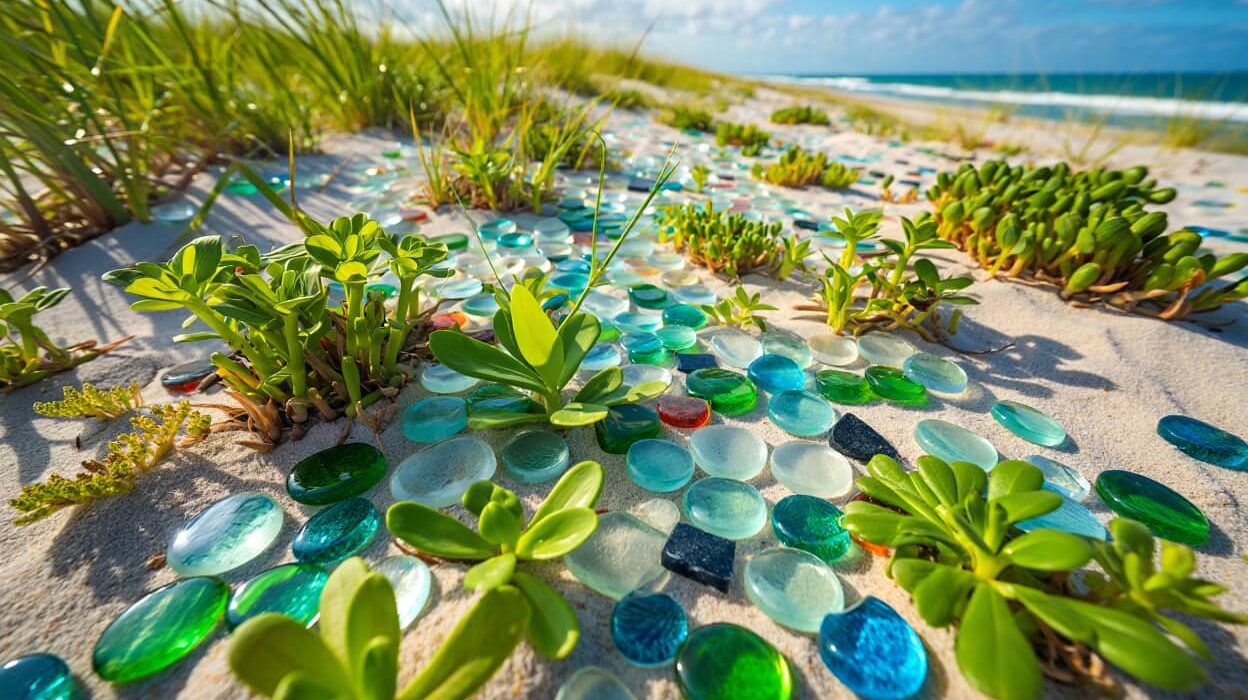In the 1960s, saltwater intrusion wiped out much of the vegetation in a Louisiana swamp. Today, that same area has been revived with freshwater and is now the site of an innovative experiment — testing whether recycled glass can help restore fragile coastlines.
In Bayou Bienvenue, researchers and a local glass recycling company have built a 10-meter-wide island using a blend of Mississippi River sediment and crushed glass processed into sand. Nearby, a second island made only of sediment serves as a comparison. The goal is to see if plants thrive equally well in the glass-sediment mix, a potential solution to both coastal erosion and the growing problem of glass waste.
Healthy wetlands, salt marshes, and mangroves provide a natural buffer against hurricanes and rising seas, yet restoring them often depends on dredged sediment — a limited and environmentally disruptive resource. Substituting glass sand could reduce this reliance while also diverting tons of glass from landfills. “We need our trees and our swamp marshes to protect us,” says Tulane University ecologist Sunshine Van Bael, who is leading the study.
Early results are promising. In greenhouse trials, plants grown in glass-sediment mixtures performed just as well as those in pure sediment. Some even thrived in mixtures with up to 75 percent glass. “They found success across a range of plants … so it does seem to hold a lot of promise,” notes wetland ecologist Christine Whitcraft, who was not involved in the research.
Still, scientists caution that more field tests are needed. Some mangroves, for instance, showed weaker roots in glass mixtures, suggesting species-specific responses. To address this, researchers will monitor the Bayou Bienvenue islands for five years, with two more islands planned.
If successful, this approach could transform recycling waste into a powerful tool against coastal erosion and climate change.
Recycled Glass Gives New Life to Plants and Coastal Ecosystems






